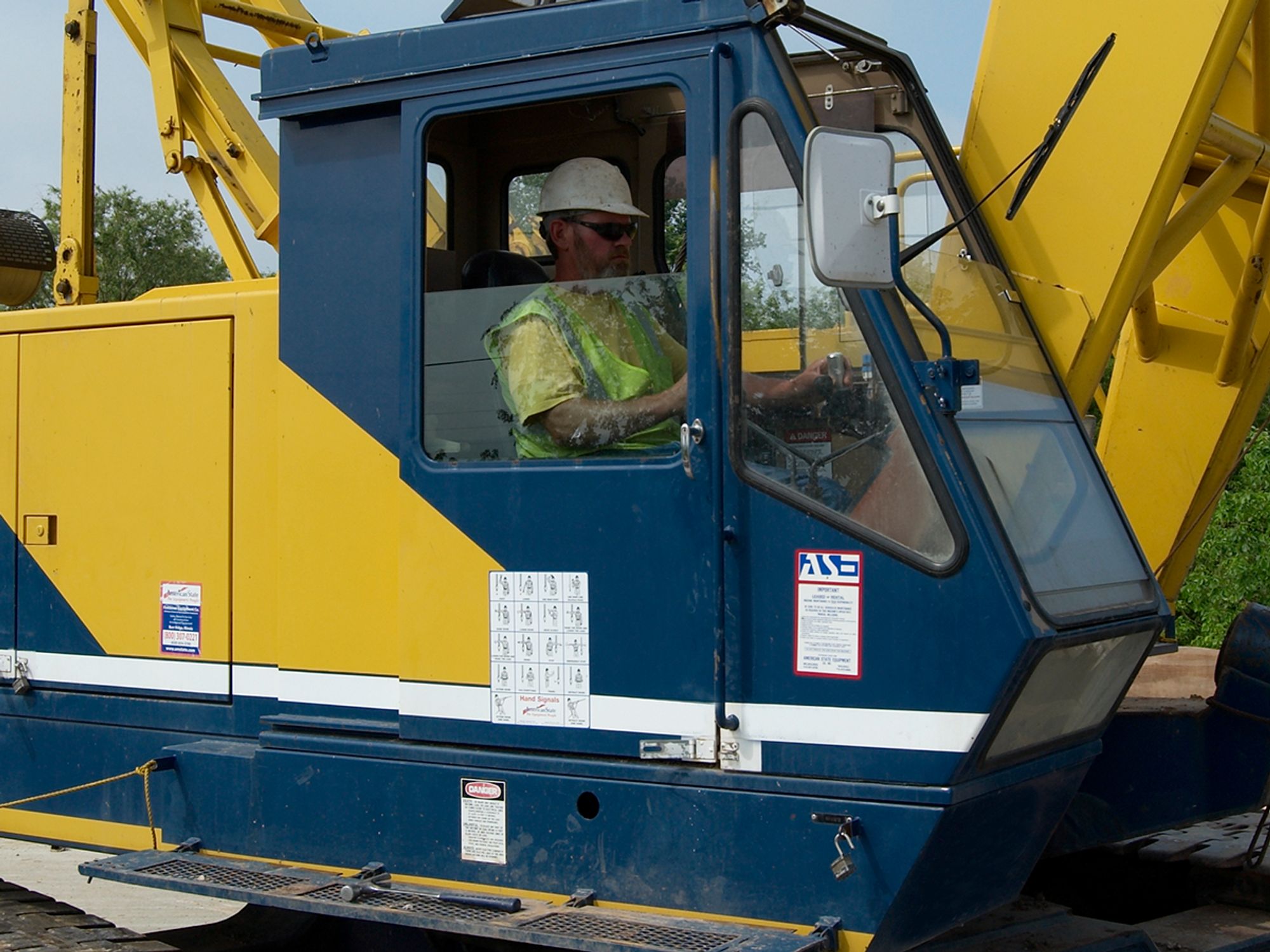Crane operator requirements

- Crane operators must be certified, but employers should also evaluate them to make sure they have the necessary skills.
The employer must ensure that each operator is trained, certified/licensed, and evaluated before operating any equipment covered under 29 CFR 1926 Subpart CC.
Operator qualification requirements
Being certified doesn’t necessarily make an operator qualified. The most important way to determine an operator’s qualifications is through evaluation during the certification process. The Occupational Safety & Health Association (OSHA) has determined that an employer evaluation is necessary to determine the qualifications of an operator.
Just as a driver’s license doesn’t qualify an employee to operate all types of vehicles, certification doesn’t mean that an operator can use all types of cranes. Ultimately, there are two major issues associated with certified operators who switch to new equipment or tasks without evaluation:
- A certified operator who switches tasks involving the same crane type with different controls could lack the skills to operate new controls.
- An operator assigned to unfamiliar tasks might not have the expertise required to manage or avert accidents or risks inherent during crane operation.
Operator certification requirements
Before the evaluation process begins, operators must be trained and certified in operating either a specific crane type or a crane type with a specific rated capacity. Although employers are required to provide each operator-in-training with sufficient training, certification can be acquired through:
- Licensing from a state or local government,
- A certification by an accredited crane operator testing organization, or
- An audited employer program.
Third-party certification is portable. If an employee acquired certification from a previous employer, that certification is acceptable. However, employers are still required to evaluate an operator with certification, whether from a third party or not.
Until employees pass evaluation, they must be considered operators-in-training and must not use equipment without supervision.
Evaluation of operator qualification
The evaluation process should be performance-oriented. For operators to learn successfully and safely, a competency evaluation is critical. The requirements for the evaluation process have important advantages:
- The process allows a newly hired operator to run the equipment while a new employer gauges the operator’s knowledge, operating skills, and training needs.
- It also allows experienced and certified operators to become accustomed to performing new crane operations or operating different equipment while being evaluated by the employer for that purpose.
(Note: Employers are not required to comply with the evaluation process if operators are using derricks, side-booms, and cranes with a capacity of 2,000 pounds or less.)
Many incidents occur because an operator doesn’t have the equipment-specific knowledge to safely operate a crane. For this reason, OSHA has determined that accidents can be reduced if employers evaluate the operators’ skills and knowledge, as well as their ability to recognize and avert risk necessary to operate the equipment. Employees’ capabilities with the following should be evaluated:
- Safety devices and operational aids;
- Software and the size and configuration of the equipment; and
- Hoisting activities such as blind lifts, personnel hoisting, and multi-crane lifts.
The evaluation can be done by a qualified operator who has already passed evaluation or by an agent. If the employer decides to use an agent, the requirements for evaluation still apply and should be enforced.
An operator who successfully passes evaluation can operate equipment without supervision unless doing so would require different skills, knowledge, or ability to reduce risk. There may be many times when operators switch to new tasks or equipment. In those cases, a new evaluation should be performed to reduce the risk of injury to the operator or employees around the crane and equipment.
